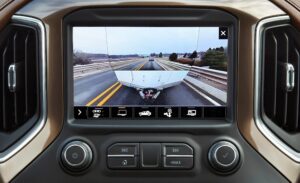Electric Vehicle and How Does It Work?
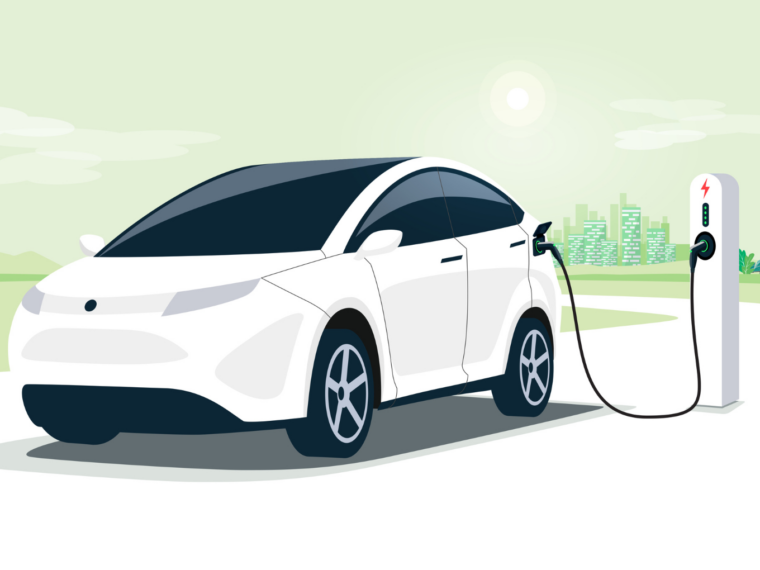
Electric Vehicle
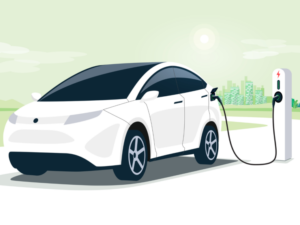
Electric Vehicle; Anyone who buys a new car has thought of an electric vehicle. This is how electric vehicles work and how they help the environment. Motorized vehicles have changed the way we move around the world. However, while the benefits of modern transport are undeniable, burning gasoline to power the engine contributes to human-induced climate change. Not to mention the poor health caused by high levels of pollution.
Many automakers have switched to electric vehicles instead of gasoline to overcome these issues. Just like your smartphone, these rely on rechargeable batteries to power the car. Now that the technology has become more affordable and widespread, you might be considering an electric vehicle.
What is an internal combustion engine?
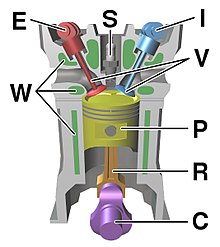
Today, the vast majority of vehicles on the road use an internal combustion engine (ICE). Once you’ve filled your car with gas, turning the key in the ignition creates a spark that ignites the gas inside the engine chamber. As a result, there is an increase in heat and pressure inside the engine. This, in turn, creates the movement of the pistons. This mechanical force is used to propel the vehicle.
Fuel combustion, by itself, does not create motion. However, the combustion byproduct is used to create mechanical motion. This process is effective but inefficient. On average, ICE vehicles are only 20ficient, which means most of the energy is wasted. In addition, the waste created by this combustion is harmful to people and the environment.
Efficiency of the Engine
For decades, manufacturers have improved the efficiency and cleanliness of ICE vehicles. Catalytic converters, improved fuel purity, and technological advancements have all contributed to a slight reduction in the harmful side effects of ICEs. However, it is becoming increasingly clear that we have reached a point of diminishing returns.
There is a growing awareness of human-induced climate change and the impact of pollution on health. We need to move away from ICE-centric transport to address both of these issues. This is where electric vehicles come in.
How does an electric car work?
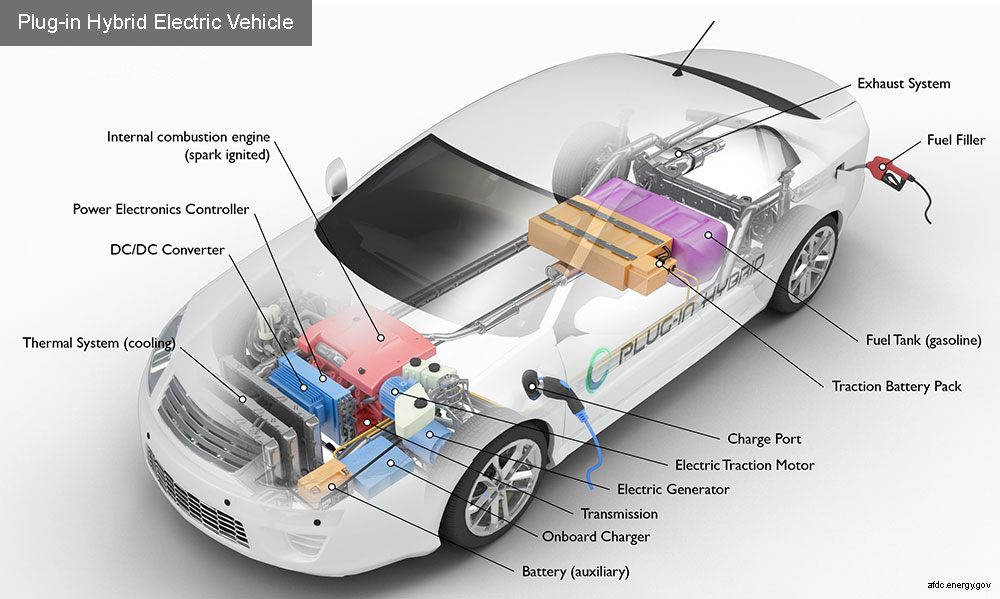
Unlike their ICE counterparts, electric vehicles (EVs) are powered by rechargeable batteries. As a result, they do not burn fuel and therefore reduce the environmental impacts of road transport. There is little to visually distinguish electric vehicles from ICE vehicles. Beneath the familiar exterior, however, EVs require entirely different setups. For individuals interested in gaining specialized knowledge and skills in electric vehicle technology and design, pursuing an Electric Vehicle Certification Course can provide comprehensive training on the unique components, systems, and engineering principles specific to electric vehicles.
Your current car has a battery under the hood, but it does not power the car. Instead, it’s charged by the engine and used to power the lights, dashboard, and onboard electronics. However, your car is powered by an engine.
An electric vehicle uses these batteries to power an electric motor, which allows the car to move. As a result, there is no need for a traditional engine. Design considerations also mean that the batteries should be strategically placed around the chassis rather than being charged in front. As a result, the EV power system is distributed throughout the vehicle. As with traditional options, electric vehicles come in front and rear-wheel drive, as well as an all-wheel drive if two motors are used.
You can charge your electric vehicle at home or at a charging station.
Drive an electric vehicle
While this is the case, it does not invalidate the benefits of an EV. Pollution is a local problem, and streets packed with ICE-driven cars often contribute to poor health. Switching to an electric car promotes a cleaner local environment, which improves everyone’s health. In addition, the electric motors are much quieter than the ICE, which reduces noise pollution.
Electricity generation has traditionally been a significant contributor to global emissions, accelerating human-induced climate change. However, power companies are better placed and better financed to invest in cleaner alternatives, such as renewable energy. For example, it would not be practical to power a vehicle directly with solar or wind energy.
Process
Utility providers can produce power at scale, making improvements that benefit electric vehicle charging and all forms of electricity consumption. As electricity generation gets cleaner, electric vehicles will too. That said, buying and using electric vehicles alone won’t save the planet.
For example, the production of batteries for electric vehicles is an environmentally harmful activity. It is still not clear what to do with electric vehicle batteries at the end of their useful life. As well-intentioned as they are, electric cars are a temporary remedy, able to minimize some of the damage caused by transportation rather than eliminate it.
Review of electric cars
When considering an electric vehicle, it’s worth considering that the manufacturing industry behind them is driven more by business than ethical or environmental concerns.
Some of these companies have been accused of greenwashing: marketing designed to deceptively promote green credentials. Electric cars help minimize local pollution and reduce the impact of transport on the environment. However, this does not make them environmentally friendly either.
The production of automobiles, like the manufacture of smartphones, requires components and materials from all over the world. Manual workers involved throughout the supply chain are often poorly treated and materials are extracted using highly polluting processes.
Global factors that affect the Electric Car Manufacturing Process
As seen during the COVID-19 pandemic in 2020, global manufacturing output is highly dependent on just a handful of countries, particularly China. This has been a political and economic sore point for many governments, resulting in notable trade disputes between the United States and China. The debate even included Huawei, leading to its exclusion from US markets.
This combination of factors has led many environmental groups to speak out against electric vehicles. Instead, they’re less of a bad option than their gas-powered counterparts. So switching to an electric car, if necessary, is probably better than no change at all.
This combination of factors has led many environmental groups to speak out against electric vehicles. Instead, they’re less of a bad option than their gas-powered counterparts. So switching to an electric car, if necessary, is probably better than no change at all.
Battery production
Battery production is particularly problematic. A 2019 campaign led by Amnesty International hoped to raise awareness of these issues and gain commitment from the industry to develop an ethical battery. As the charity points out, the often inexpensive manufacturing processes have a huge environmental impact, especially as the growing demand for cobalt and lithium for batteries has led to an increase in deep-sea mining. Likewise, batteries cannot be easily recycled or disposed of.
The lack of recycling means that a new supply of materials is needed, perpetuating current manufacturing standards, as minerals will always be in high demand. Large-scale disposal of used batteries also poses problems. First, there is the challenge of determining where physically large items will be stored. So even once you get past that, the batteries themselves can harm the environment if not handled properly.
How does Battery affect Vehicle Production?
As battery and vehicle production often takes place in poorer or less economically advantaged countries, some of the most vulnerable people will feel the negative impacts of electric vehicles disproportionately. This imbalance is already present in the global economy, but it will be exacerbated by the shift to electric vehicles. The electric vehicle market.
The Nissan Leaf was one of the first accessible electric vehicles. However, the Toyota Prius was tasked with making electric vehicles a mainstream option. That’s despite the Prius is a plug-in hybrid electric vehicle (PHEV) rather than a full battery option like the Leaf.
Standards
The company stands out because it only produces electric vehicles and has particularly contributed to the expansion of the electric vehicle market. Prior to Tesla’s options, electric vehicles were more expensive, generally had a lower range, and were seen as an ideological alternative to ICE vehicles rather than a practical alternative.
Tesla’s success is due, in part, to Musk’s involvement. However, it pushed Tesla to mass-produce affordable electric cars that other automakers couldn’t. However, they are not without problems, as hackers can also attack Teslas.
While Tesla aims to improve the overall automotive market, traditional automakers have also made significant investments in electric vehicles. Almost every major automotive company now offers a small selection of electric vehicles. These are usually optimized for range or performance, with hybrid and all-electric options available.
There are also luxury and budget options. It is therefore possible to find affordable electric cars that are worth the investment, especially since governments often offer subsidies to make the switch. This is a critical concern as many countries plan to regulate or in some cases ban ICE vehicles over the next decade.
Fortunately, recent years have seen significant growth in electric vehicle charging stations. Just like petrol stations, there are many operators and they all need their own subscription, payment method or online account to get started. However, it is important to note that there are now reasonably convenient charging options in most parts of the country.
Hybrid Vehicle
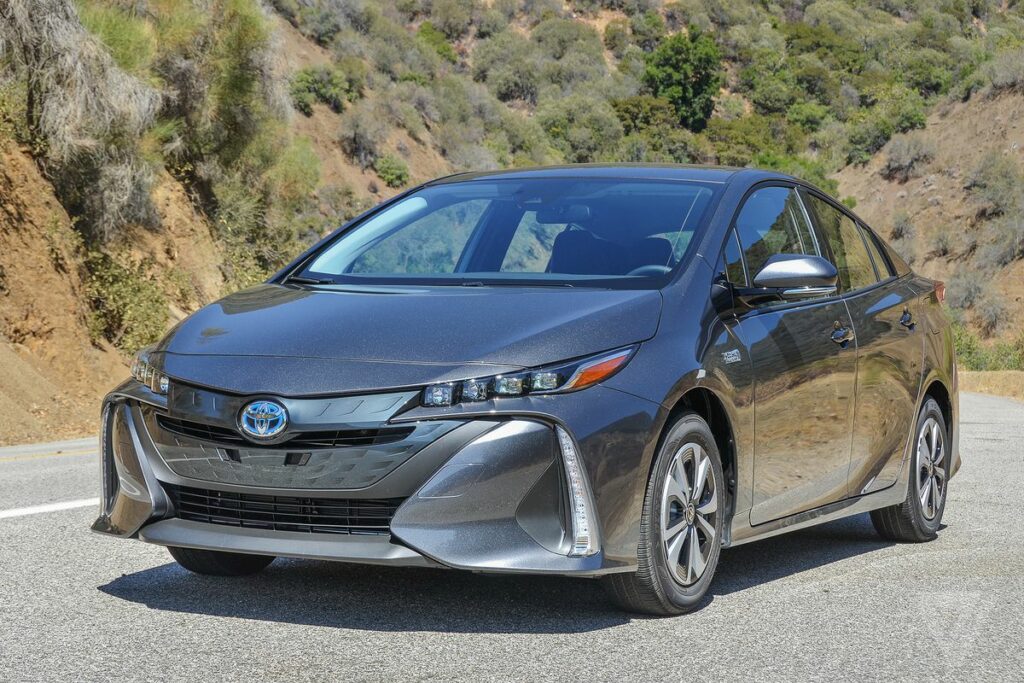
So far, we have used EV to refer to a fully electric vehicle (FEV), where the entire propulsion system is electric. However, there is another type of electric vehicle you can consider. Hybrid electric vehicles (HEV) combine an ICE with an electric propulsion system. The car is still powered by a traditional engine but is backed up by an electric motor and battery.
Advantages of Hybrid Vehicles
This has several advantages over a traditional ICE-powered car. Gas-powered cars are generally better suited to longer, high-speed journeys. You may have noticed that trips on faster roads without continuous acceleration or braking consume less fuel than stop-and-go trips in town. Hybrid vehicles use the most efficient powertrain for your journey, switching between ICE and electric motor as needed.
ICE vehicles are inefficient and typically lose most of their energy as heat, especially when braking. HEVs capture energy that would otherwise have been lost during braking in a process known as regenerative braking. This recovered energy is stored in the battery and is often used to power the vehicle on its next acceleration until ICE takes over.
After making the change, there are other considerations to take into account. Gas stations will be a thing of the past when looking for electric charging stations.
Will you choose an electric vehicle?
Authorities around the world are beginning to consider regulating the sale of traditional ICE vehicles. Pollution and environmental impact have become key considerations for regulators and consumers. Fortunately, electric vehicles are now more affordable and offer higher performance than ever.
After making the change, there are other considerations to keep in mind. Gas stations will be a thing of the past when looking for electric charging stations.
How does an electric vehicle work?
Electric cars work by plugging into a charging station and taking electricity from the grid. They store electricity in rechargeable batteries that power an electric motor that spins the wheels. Electric cars accelerate faster than vehicles with traditional gasoline engines, so they feel lighter to drive
What are the 3 disadvantages of an electric car?
- EV charging stations are fewer and farther away than gas stations.
- Charging takes longer.
- The driving range has a full load.
- Higher initial purchase cost.
How long does an electric car battery last?
Most manufacturers offer a five to the eight-year warranty on their battery.
Q&A
What are the Electric Vehicle Types?
- Battery Electric Vehicles (BEV) Powered only by the electric battery, without gasoline engine parts. …
- Plug-in hybrid electric vehicles (PHEV) Similar to a hybrid, but with a larger battery and electric motor. …
- Hybrid
What’s the biggest problem with electric cars?
Cost. This one is obvious: EVs are a bit more expensive than ICE vehicles right now for a variety of reasons (automakers trying to recoup R&D costs, lack of meaningful government incentives to encourage adoption, expensive battery packs), which is a barrier for many consumers.
Do electric cars lose their charge when parked?
EVs lose charge when parked, although minimal, it can build up over time. Green Car Reports suggest that you charge your battery to at least 80%for parking the car. However, all-electric vehicle experts agree that the vehicle should have at least 50% battery power when stored.
Read more; Rearview Mirror Camera on Vehicle
